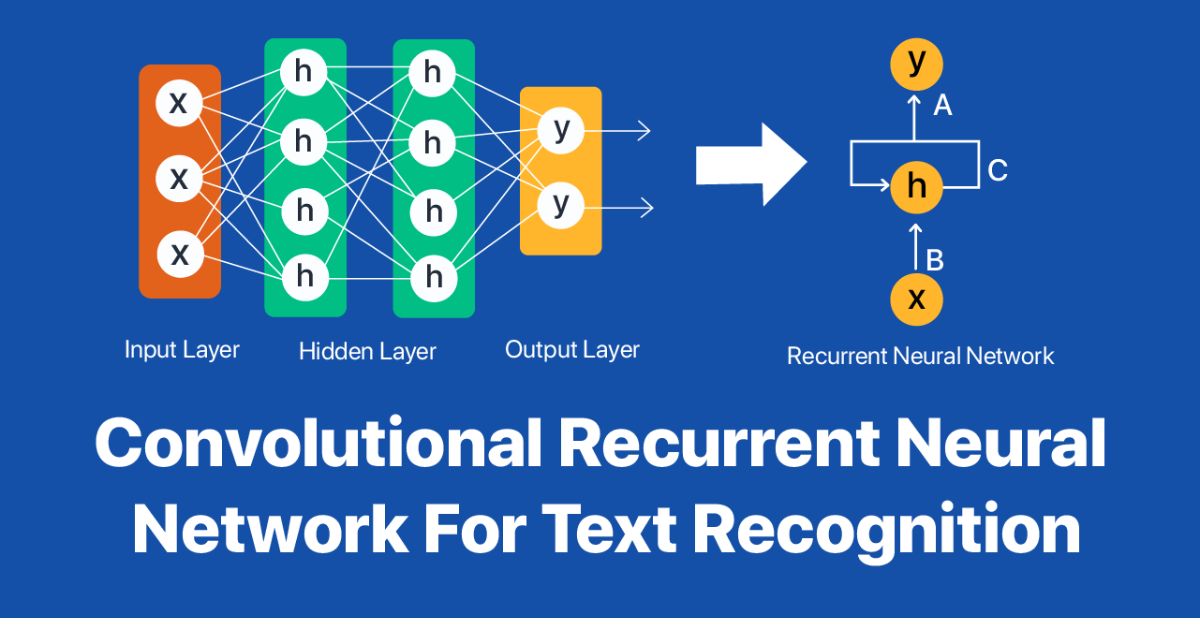Best Practices for Optimizing Images for Faster Website Loading
October 24, 2025 · 3 min read • #image optimization#SEO#web performance#Core Web Vitals#AI#WebP#AVIF
In 2025, website performance is SEO performance.
Slow-loading images can ruin your rankings, increase bounce rates, and frustrate visitors.
The good news? Optimizing your images doesn’t require complex tools — just smart techniques and the right formats.
🌐 Why Image Optimization Is Crucial for Speed
Images often make up more than 50% of your page’s total size, directly affecting how fast your site loads.
Google’s Core Web Vitals — LCP (Largest Contentful Paint), INP (Interaction to Next Paint), and CLS (Cumulative Layout Shift) — all depend on how efficiently you serve images.
Key benefits of image optimization:
- Faster load times and improved SEO
- Better mobile responsiveness
- Reduced bandwidth and hosting costs
- Higher engagement and conversions
Related: Why Image Compression Is Essential for SEO and Website Speed
🧠 1. Choose the Right Image Format
The format you choose can make or break your website speed.
| Format | Type | Best For | Advantages |
|---|---|---|---|
| WebP | Lossy/Lossless | Most modern browsers | 25–35% smaller than JPEG |
| AVIF | Lossy/Lossless | High-quality visuals | 40–50% smaller than JPEG |
| JPEG | Lossy | Photos | Widely supported |
| PNG | Lossless | Graphics, icons | High detail retention |
| SVG | Vector | Logos and UI elements | Infinitely scalable |
Pro Tip: Always use WebP or AVIF for faster, more efficient delivery while keeping older formats as fallbacks for legacy browsers.
Related: AI Compression Algorithms Explained: Smaller Files, Smarter Tech
⚙️ 2. Compress Images Without Losing Quality
Compression reduces file size while preserving visual quality.
Modern AI-based tools like the Image Compressor Tool use machine learning to analyze images and remove invisible data.
Benefits:
- Up to 90% size reduction
- No visible quality loss
- Instant optimization inside your browser
- Privacy-safe and fully local
Avoid: Over-compressing images — this can cause blurriness and degrade UX.
Aim for a balance between quality and file size (70–85% compression).
🧩 3. Resize Images to Match Display Dimensions
Serving a 4000px-wide image in a 1200px container wastes bandwidth and time.
Always resize images to the exact dimensions needed on your page.
Best practices:
- Use responsive attributes like
srcsetandsizes - Provide multiple resolutions for mobile, tablet, and desktop
- Avoid serving oversized or full-resolution images unnecessarily
This not only boosts speed but also improves Core Web Vitals.
🔍 4. Implement Lazy Loading
Lazy loading delays the loading of offscreen images until the user scrolls near them.
This improves initial page speed and reduces server requests.
To implement:
Add the HTML attribute:
<img src="image.webp" loading="lazy" alt="Optimized image" />
Enjoyed this post? React below 👇
Related Posts
 Tools Effectively.jpg)
How to Use OCR (Optical Character Recognition) Tools Effectively
Learn how OCR (Optical Character Recognition) works, what it can do for you, and how to use it effectively with our free browser-based OCR Tool to extract text from images instantly.

AI Compression Algorithms Explained: Smaller Files, Smarter Tech
Explore how AI compression algorithms are transforming data storage, image optimization, and network performance in 2025 — delivering smaller files, faster speeds, and smarter efficiency for the digital world.

AI vs Traditional Algorithms: Who Wins in Image Optimization?
Explore the differences between AI-based and traditional image optimization methods. Learn how deep learning, neural compression, and smart encoding outperform legacy algorithms like JPEG and PNG in 2025.
Frequently Asked Questions
Why does image optimization matter for website speed?
Images make up over half of a page’s total weight. Optimizing them reduces load times, improves Core Web Vitals, and boosts SEO rankings.
What are the best image formats for fast websites?
WebP and AVIF offer excellent compression and quality balance, outperforming traditional JPEG and PNG formats in speed and efficiency.
How can I optimize images without losing quality?
Use AI-powered tools like the [Image Compressor Tool](/image-compressor) to intelligently compress and convert images while maintaining visual clarity.
Do optimized images really improve SEO?
Yes. Optimized images help pages load faster, improving user experience and Core Web Vitals — both of which are key SEO ranking factors.
What’s the easiest way to optimize images for my site?
Try the [Image Compressor Tool](/image-compressor) — it works instantly in your browser, reducing image size by up to 90% with no uploads or tracking.